Bathroom Hazards You Should Know
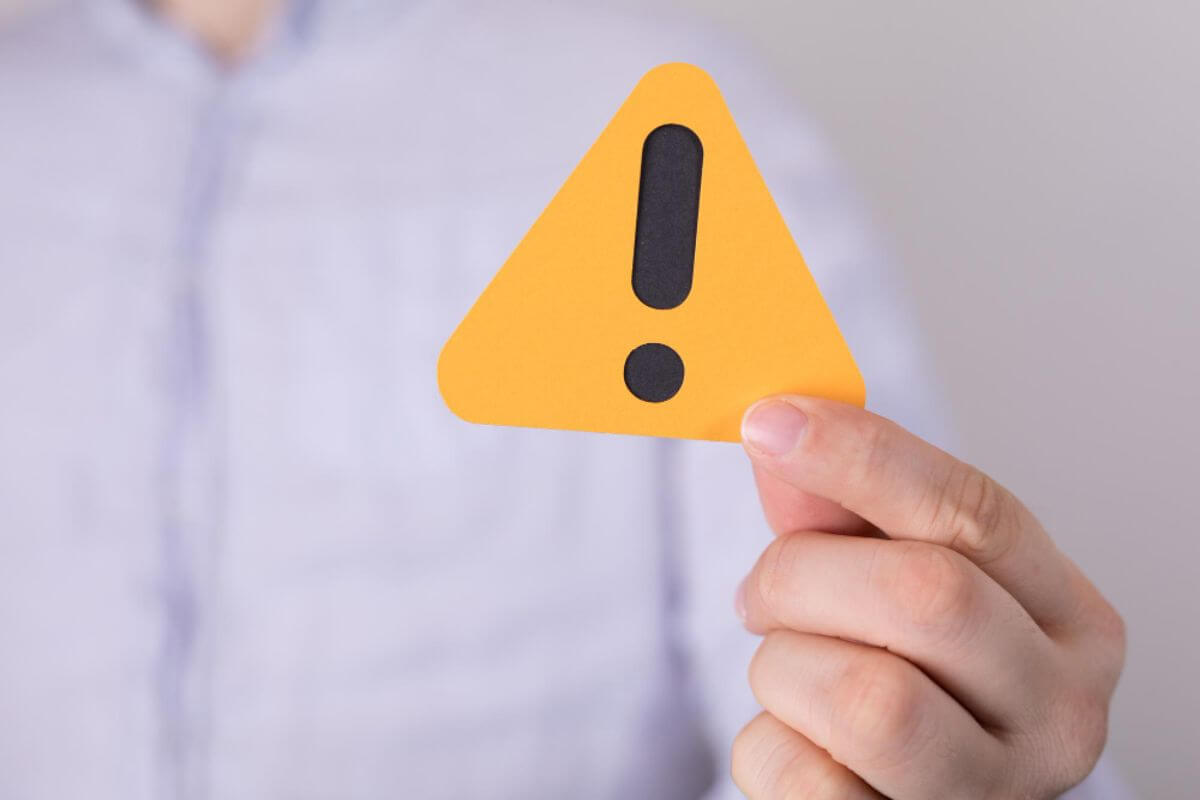
What bathroom hazards should you be aware of?
- Slippery surfaces
- Inaccessibility barriers
- Scalding water
- Electrical hazards
Overview
- Bathroom safety is paramount, as the bathroom harbors common hazards like slippery surfaces, inaccessibility barriers, scalding water, and electrical dangers.
- Proactive measures, such as installing grab bars, adjusting water temperature, and using GFCI outlets, can greatly enhance bathroom safety.
- Regular safety checks, awareness, and education are key to minimizing risks and promoting a secure bathroom environment for all users.
Our homes should be the safest place for us, providing a comfortable haven where our family can rest and refuel after a busy day, whether it’s the living room, bedroom, or kitchen.
However, even the bathroom, one of our home’s most frequently used corners, has lurking bathroom hazards that need attention. Whether you are a caregiver, homeowner, or simply concerned about personal safety, understanding the importance of bathroom safety is critical.
This article will feature some common bathroom hazards you should be aware of. By recognizing these risks and taking proactive measures to address them, you can greatly improve the safety of your bathroom.
Slippery Surfaces
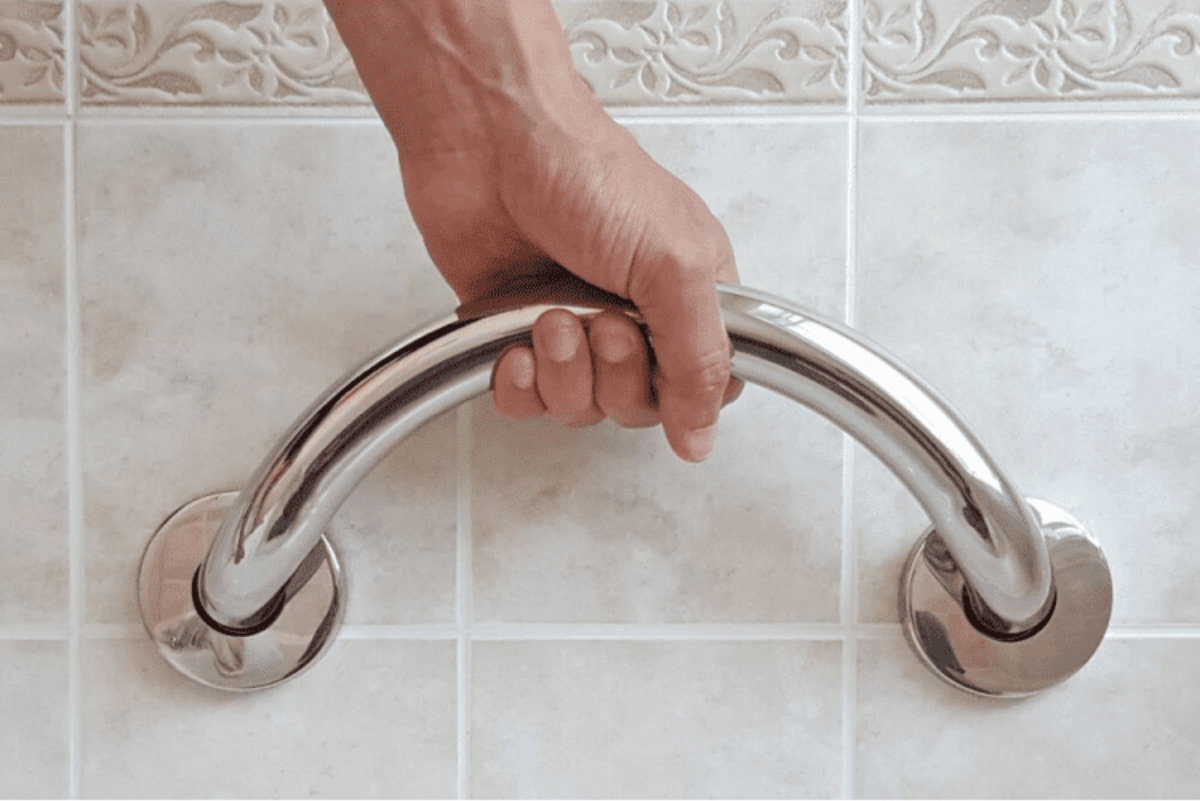
Slippery surfaces, such as wet floors, bathtubs, and shower surfaces, can pose a significant safety risk in the bathroom. It’s important to take precautions to prevent accidents and falls. To prevent these, it is advisable to mop up any water immediately and ensure that the floor is dry before walking on it.
Installing grab bars in the bathroom is another great way to enhance safety and prevent accidents. Grab bars provide stability and support, particularly for individuals with balance or mobility difficulties.
You can place these bars near the bathtub, shower, toilet, or on the walls for a sturdy grip when required. Their strong build and simple installation provide safety and peace of mind in the bathroom.
Inaccessibility Barriers
Obstacles like cluttered paths and limited accessibility can limit the independence and mobility of seniors and people with disabilities. These barriers create navigation challenges and increase the risk of accidents, especially the lack of accessibility measures, impacting their ability to enjoy the same independence and convenience as others.
To address these hurdles, it is practical to prioritize modifications and installations that promote safety and inclusivity, such as portable and accessible showers or European wet room conversion kits, ensuring that everyone can navigate their surroundings with ease and confidence.
Scalding Water
Water scalding occurs when a person’s skin gets burned or scalded by hot water. Before stepping into your shower, it is very important to adjust the water temperature to a safe level to prevent this, especially for vulnerable individuals like children and the elderly.
Educating household members about the risks of hot water and promoting proper water usage habits are key prevention measures. Installing anti-scald devices, such as thermostatic mixing valves, can also regulate water temperature and prevent sudden fluctuations that could lead to burns and scalds.
These proactive steps to prevent water scalding can create a safer environment for everyone and reduce scalding accidents and injuries in your bathroom.
Electrical Hazards
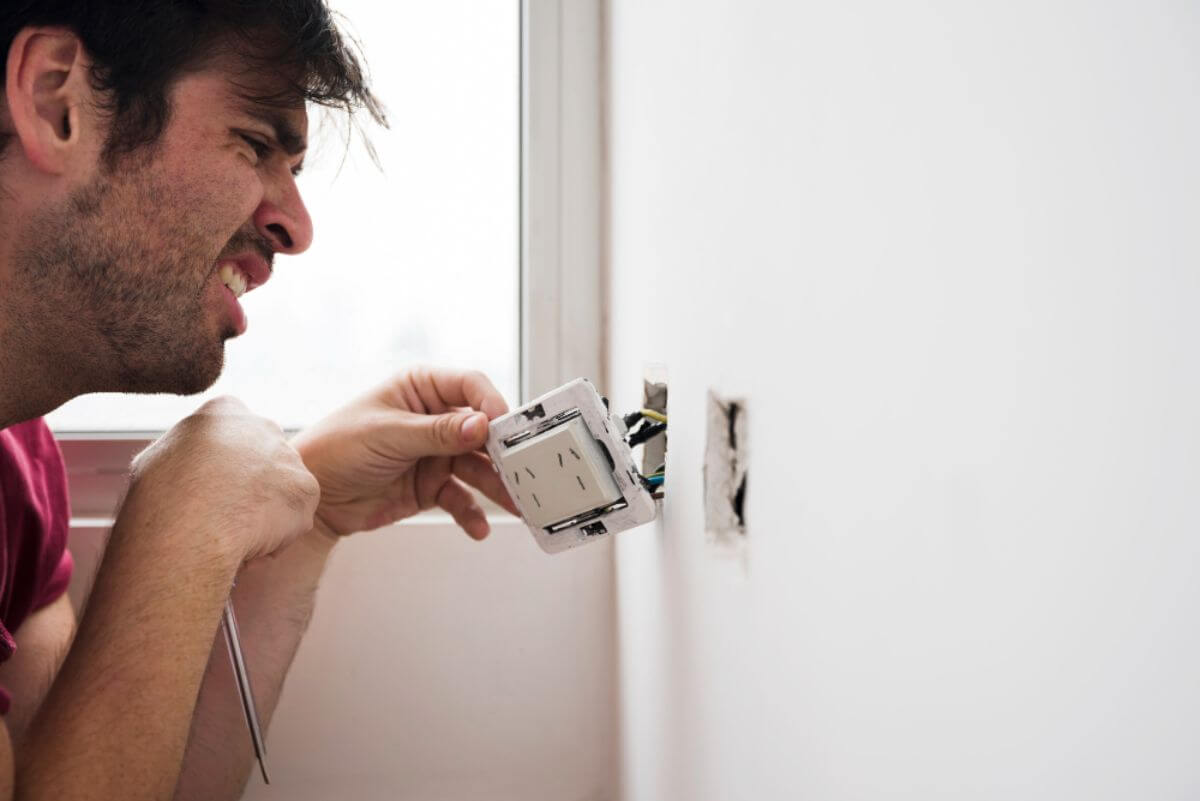
One thing to watch out for is having outlets or appliances near water sources like sinks and bathtubs. Water and electricity don’t mix well and can lead to shocks, so keeping them separate is best.
Ensuring proper electrical installation and maintenance by professionals is equally necessary. Faulty wiring or old electrical systems can cause fires or accidents, so it’s a good idea to have regular check-ups.
Another great safety feature to have is GFCI outlets. These special outlets can detect imbalances in electrical currents and quickly stop the power to prevent shocks. They’re especially important in areas like kitchens and bathrooms where moisture is present.
How Can You Avoid Accidents in the Bathroom
To create a safe bathroom environment, it’s important to keep floors dry. You may use slip-resistant mats, install grab bars, ensure good lighting, securely store hazardous items, and exercise caution with electrical devices.
Regular bathroom safety checks should be encouraged to identify potential hazards or issues. These checks can include examining the condition of tiles, checking for loose fixtures or slippery surfaces, and ensuring proper lighting. Promoting awareness among all your family members about bathroom safety and providing education on preventing accidents is also important.
Key Takeaway
Spotting possible bathroom hazards and taking precautionary measures is crucial because our family frequently uses them, and the last thing we want to happen is accidents and injuries. By keeping the bathroom safe, we reduce the chances of accidents and ensure that everyone can do their daily hygiene without worry. This creates a comfortable and secure space for all.
Prioritize safety, comfort, and peace of mind for all bathroom users. Make your home a safer place — choose Home2Stay today! Let’s create a space where everyone can confidently carry out their daily routines without fear of harm because you and your family deserve nothing less.
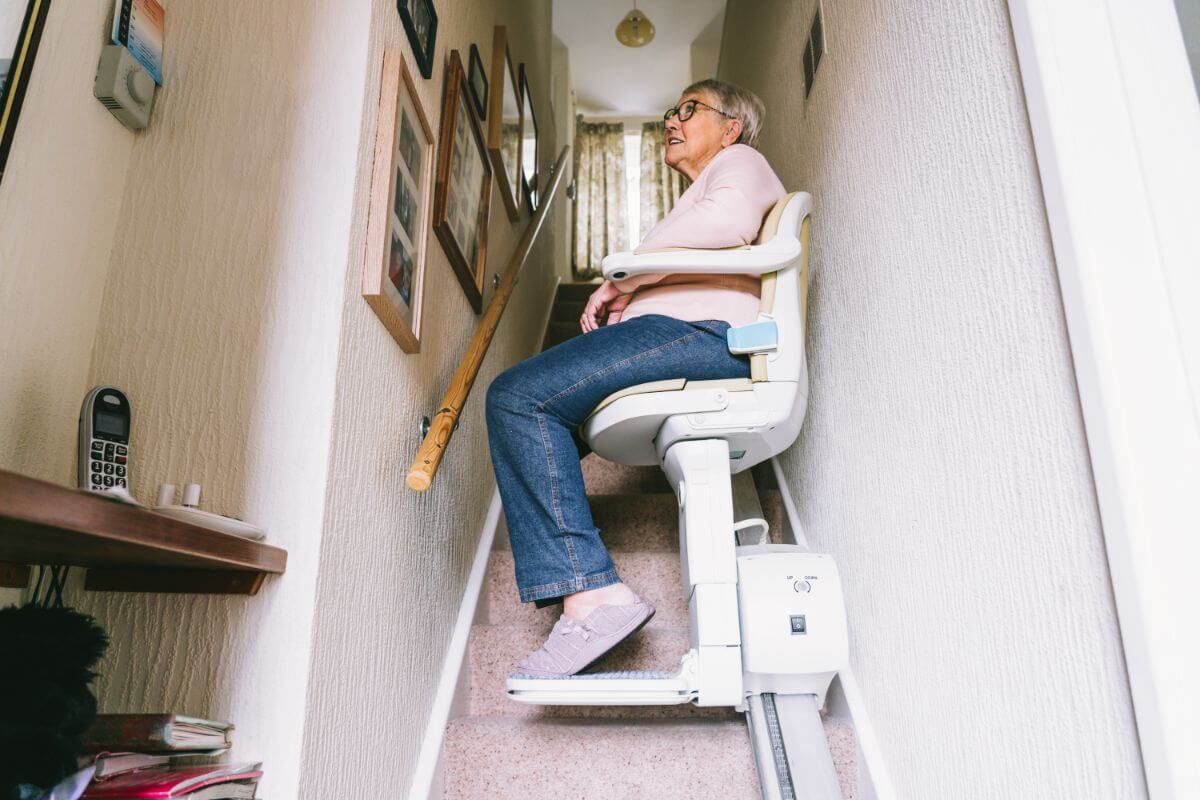

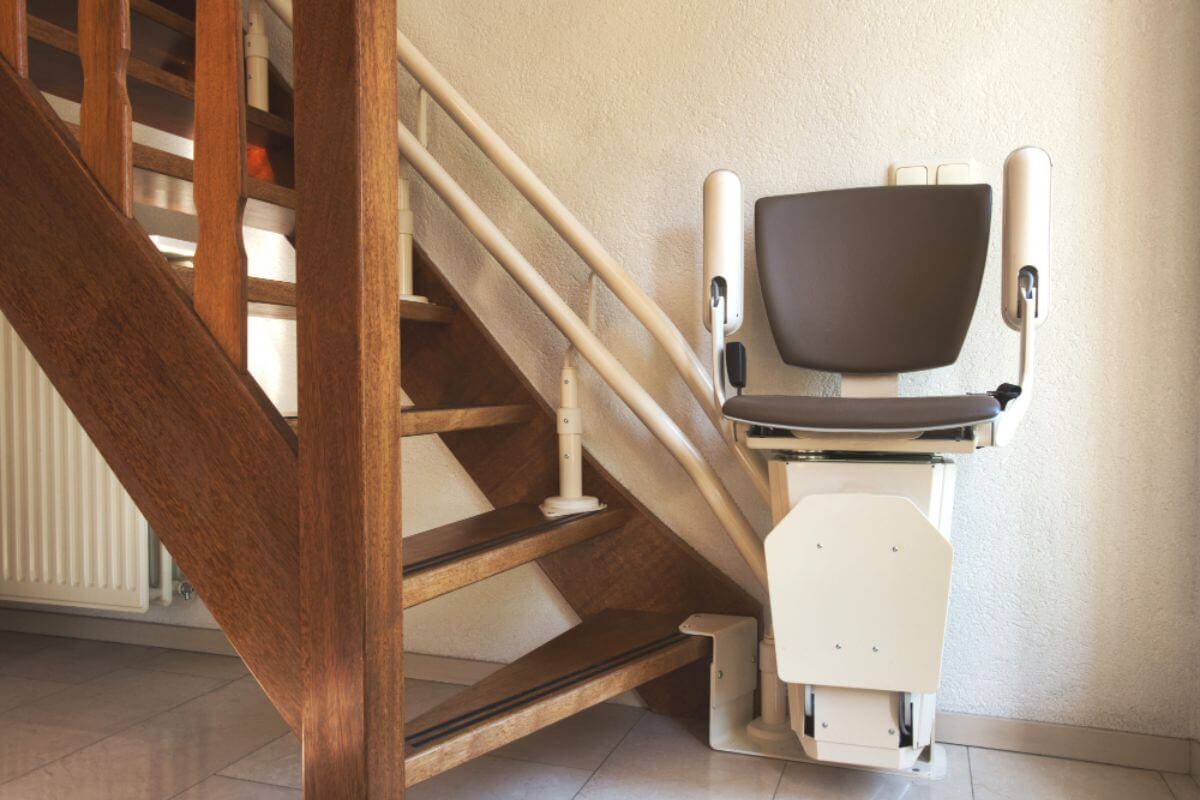

Leave a Comment
We'd Love to Hear Your Thoughts Got something to say? We're all ears! Leave your comments below and let us know what you think. Your feedback helps us improve and serve you better. Can't wait to hear from you!